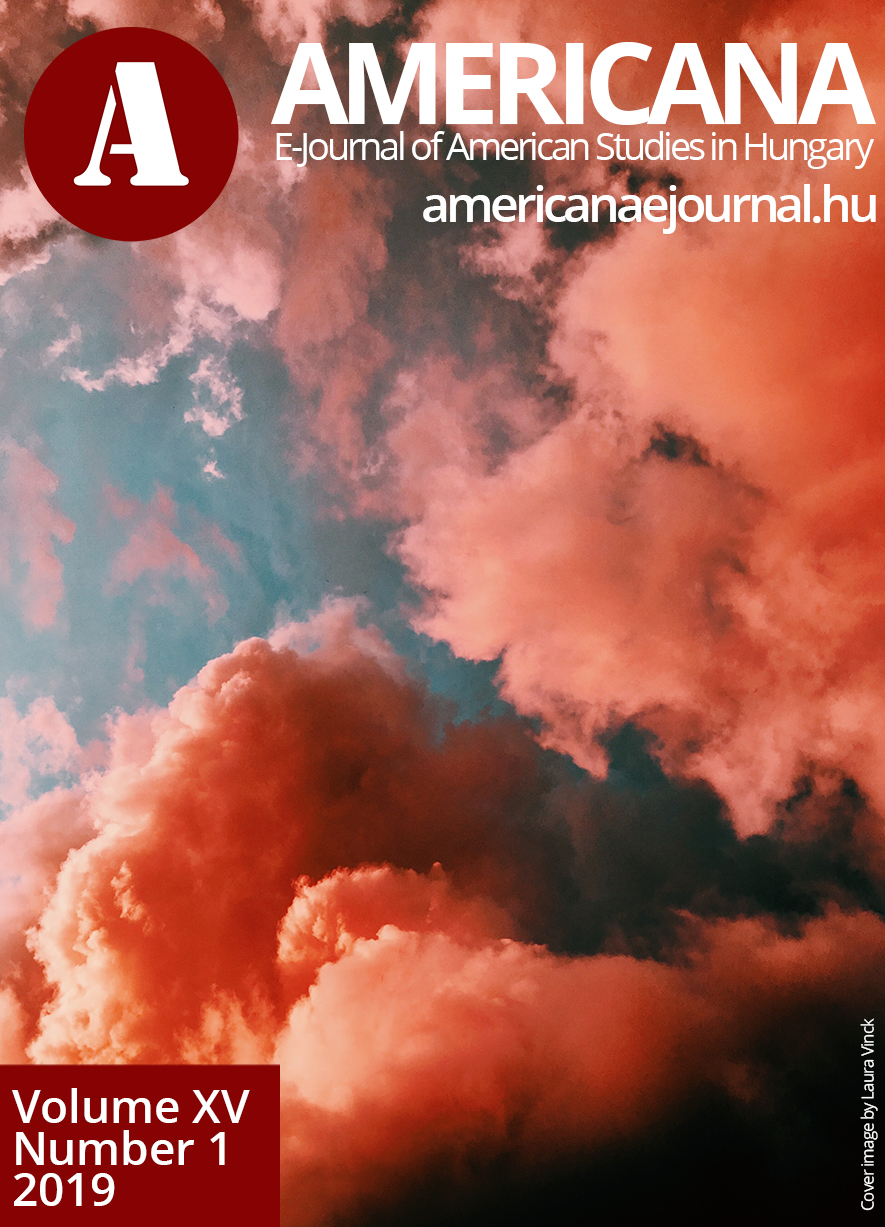'Risley in Retrospect': Intermedial Storytelling in Margaret Atwood's Cat's Eye
Main Article Content
Abstract
This paper demonstrates that Margaret Atwood’s 1988 novel Cat’s Eye challenges concepts of space and time, and blurs the line between visual and verbal arts, as its narrator-protagonist (re)contructs and represents her own self and past. The paper argues that the painter Elaine Risley’s memoir has three narrative layers, and it explains how notions of time, space, identity and the (dis)similarities of verbal and pictorial representations are contested and depicted in each of them. While on the first layer, Elaine’s self and memories are regarded as narratives questioning obsolete concepts of time, space and identity, on the next level, Elaine’s paintings are considered to be narratives on what have been studied as the first narrative layer. Finally, on third layer, Cat’s Eye is studied as Elaine’s collection of paintings inspired not only by memories, and ideas regarding time, space and identity, but also by dreams, pictures, photographs and comics described in her memoir. In sum, the paper proves that Cat’s Eye shows and tells Elaine’s memories, identification and healing process combining pictorial and verbal media and challenging concepts of time, space and identity on various levels.
Downloads
Article Details

This work is licensed under a Creative Commons Attribution-NonCommercial 4.0 International License.

